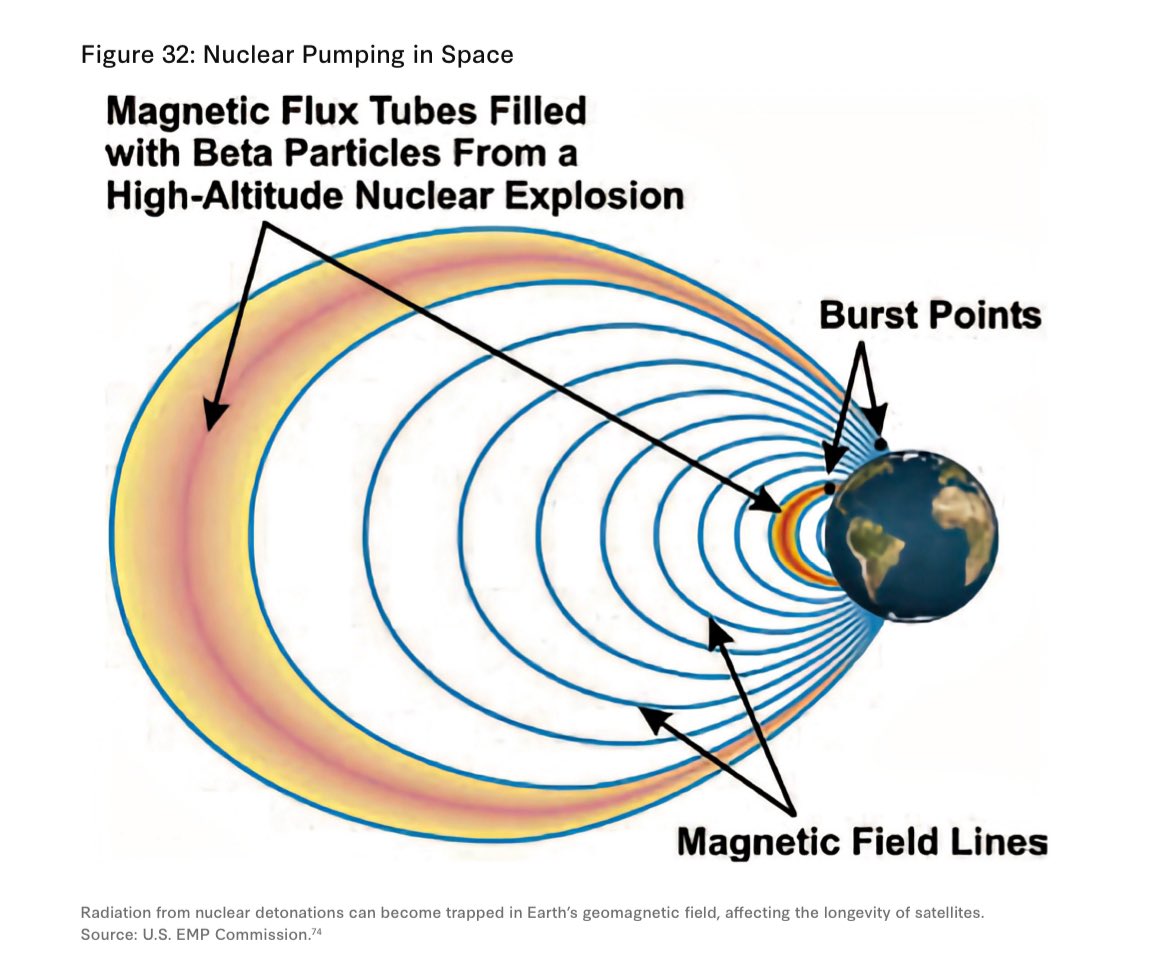I mean, if they put nukes in space, it still doesn't change much. Be it for a first strike or a second strike, US doesn't have the ABM capability do shoot down all, even most warheads. No one does.
Exactly, strategically it won't change anything.
Latest Thread
I mean, if they put nukes in space, it still doesn't change much. Be it for a first strike or a second strike, US doesn't have the ABM capability do shoot down all, even most warheads. No one does.
I mean, if they put nukes in space, it still doesn't change much. Be it for a first strike or a second strike, US doesn't have the ABM capability do shoot down all, even most warheads. No one does.
Some people speculate that it is a Russian orbital weapon system. Russia allegedly has an orbital WMD system or orbital nukes which gives Russia a space-based nuke or WMD capability.
Same as Turkiye , That produce so many prototypes for show while in battlefield go with M60A3 tanks , At least Russia have massive nukes , Sam s400/500 , Borei class submarines
On paper Russia is 50 years ahead of everyone else, on the battlefield they look like they are stuck in the 90ties.
Lol, maybe an anti-Starlink EMP for LEO. Now, that would be an interesting capability.
For Starlink, Russia needs something that works passively. EMP, on the other hand, fries it. This gives the United States the right to respond. Additionally, a space-based weapon to be used in orbit creates space debris after an attack. This poses a threat to everyone, including its own satellites.Lol, maybe an anti-Starlink EMP for LEO. Now, that would be an interesting capability.
During a spacewalk, Mission Control in Houston warns Explorer's crew about a rapidly expanding cloud of space debris accidentally caused by the Russians having shot down a presumed defunct spy satellite

For Starlink, Russia needs something that works passively. EMP, on the other hand, fries it. This gives the United States the right to respond. Additionally, a space-based weapon to be used in orbit creates space debris after an attack. This poses a threat to everyone, including its own satellites.

Seems I was about right: a mass satellite killer?If it isn't nukes probably some other thing along the lines or chemical or biological etc. Or maybe something like an emp or anti satellite system
It could be a false fearmongering report just before the mass voting in the Senate.
It is called Kessler effect. If it happens in low earth orbit for Starlinkn then it will clear out after few dacades.Exactly, the debris would eventually kill their own assets in space too.
That's pretty much the plot of Gravity from 2013:

Gravity (2013 film) - Wikipedia
en.wikipedia.org


WASHINGTON — Today, the U.S. Department of the Treasury’s Office of Foreign Assets Control (OFAC) targeted three procurement networks –– based in Iran, Türkiye, Oman, and Germany –– that have supported Iran’s ballistic missile, nuclear, and defense programs. These networks have procured carbon fiber, epoxy resins, and other missile-applicable goods for Iran’s Islamic Revolutionary Guard Corps Aerospace Force Self Sufficiency Jihad Organization (IRGC ASF SSJO), Ministry of Defense and Armed Forces Logistics (MODAFL), other U.S.-designated entities in Iran’s defense industrial base, and Iran Centrifuge Technology Company (TESA), which is linked to the Atomic Energy Organization of Iran (AEOI).
